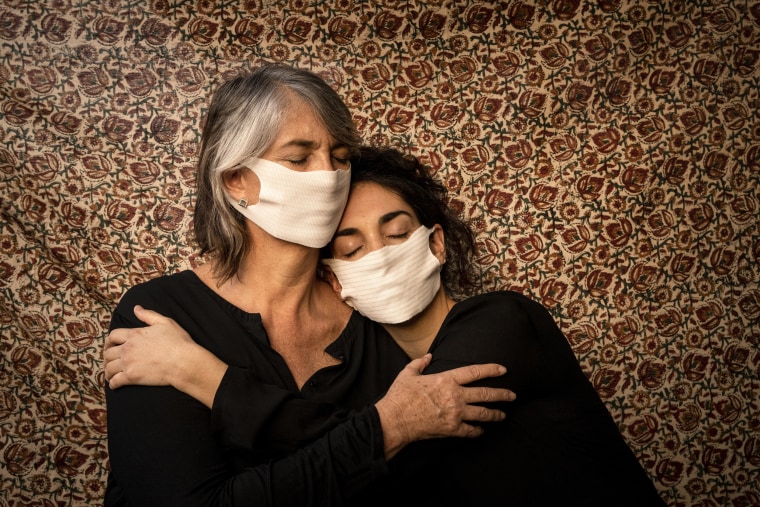A photography exhibition may not be the first thing that comes to mind amid a pandemic. But these are not normal times.
A sprawling public exhibition covering almost a six-block radius in New York City's borough of the Bronx brings the stories of the Caribbean and Latin America to life, using a mix of award-winning portrait, documentary and news photography.
With the coronavirus pandemic in mind, the Bronx Documentary Center decided to take its third annual Latin American Foto Festival outside. “This is something that we always do at least half outdoors,” said Michael Kamber, the gallery’s founder, who designed the festival with Cynthia Rivera, the gallery’s exhibition coordinator. “With the gallery shut down, it just seemed like an opportunity to go bigger."
The festival, which runs from July 23 to Aug. 2, is entirely outdoors, with no events that would bring groups of people together. After Aug. 2, the exhibition will be available on the gallery’s website.
The most contemporary part of the festival concerns the pandemic, which, taken in isolation, would be hard enough to deal with. Yet, it stands to reason that there isn’t a single country that hasn’t had to deal with the coronavirus pandemic among a host of other issues. This is particularly true in Central and South America, where COVID-19 has upended life in countless ways.
As the pandemic took hold earlier this year, a photographic collective coalesced in the region.
“The international focus was in Europe,” said Sebastian Gil Miranda, a Buenos Aires-based photographer who saw an opportunity in the gap he saw in the international news cycle.
Miranda collaborated with his colleagues across the region to create COVID LATAM on Instagram, @covidlatam, which has offered a prismatic view of the crisis across 13 countries. Whereas conventional imagery associated with the pandemic is rife with testing sites and hospital corridors, the photographs from COVID LATAM offer a more nuanced look at how much the virus has shaped life.
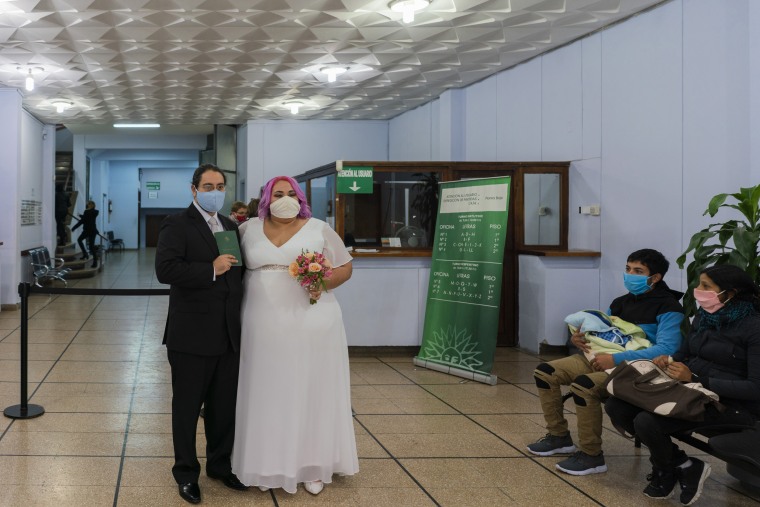
In a photograph by Rodrigo Abd, a produce seller in Lima, Peru, takes a nap at her stand. A newly married couple wearing masks poses for a photo by Matilde Campodónico in a civil registry office in Montevideo, Uruguay. Photographer Tamara Merino embraces her mother in a self-portrait in their home in Santiago, Chile.
These are just a fraction what’s on view from COVID LATAM, but one of the collective’s most distinguishing aspects is its gender parity. Out of 18 photographers in COVID LATAM, half of them are women.
“Our project needs to be what we want to be for a better world,” Miranda said of the decision to have equal representation.
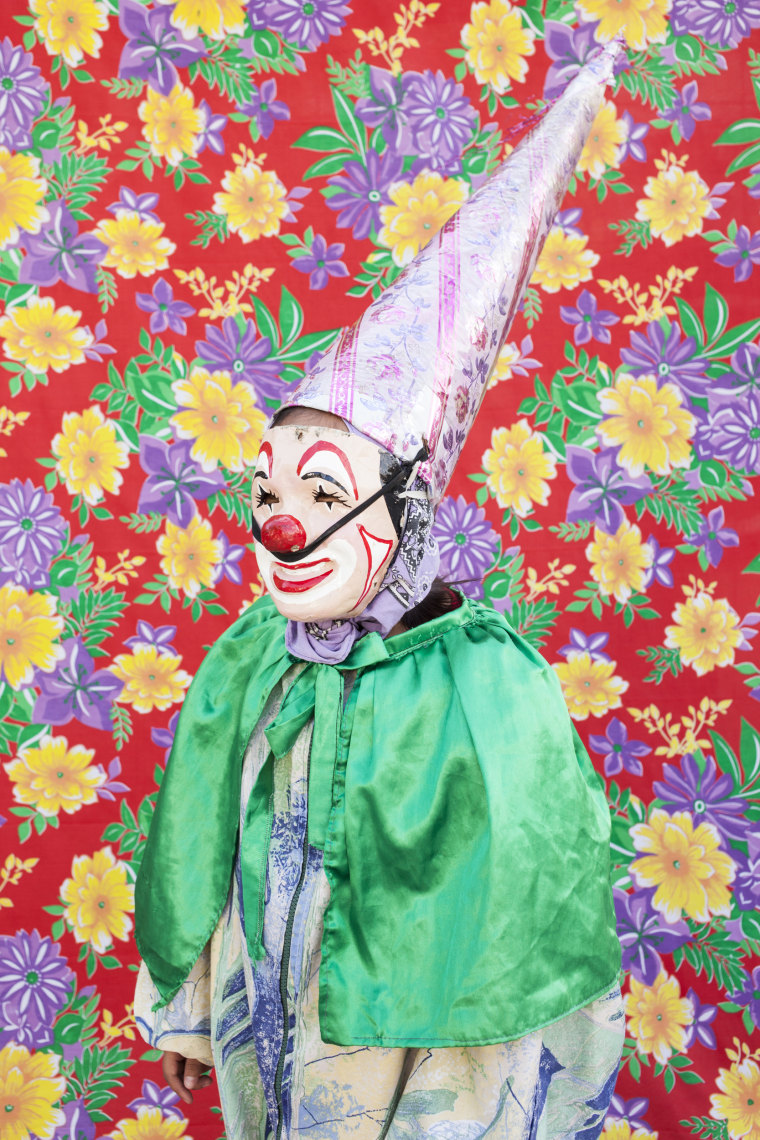
There is, of course, danger in a single story, as the writer Chimamanda Ngozi Adichie has said, and while the pandemic may be all anyone can talk about, there are still other stories to be told, as the exhibit shows.
“Photography in Latin America is exploding in some amazing ways,” Kamber said. “The most exciting work I’m seeing today is really coming out of Latin America.”
The festival serves a dual purpose by highlighting that work and placing it in the middle of a diverse and largely Spanish-speaking community in the South Bronx.
“We did want to bring something to the community that followed the original idea of why the BDC was created,” said Rivera, of the center’s mission to make art accessible.
Luján Agusti’s portraits of clowns in the town of Coatepec in Veracruz, Mexico, show how different religious traditions blend together. Adriana Parrilla’s ongoing project “No Me Llamas ‘Trigueña’; Soy Negra” navigates the complexities of being Black and Puerto Rican. César Rodríguez’s searing monochrome photographs in “Montaña de Guerrero” document a community in Guerrero, Mexico, piecing together a life with next to nothing.
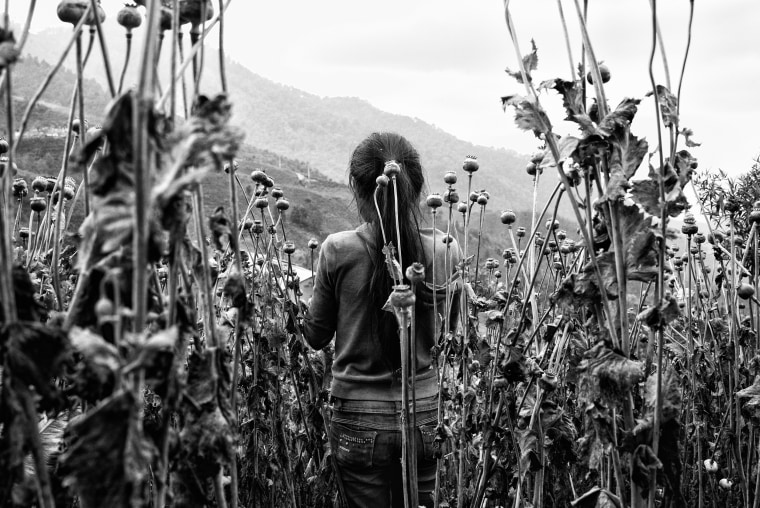
The kaleidoscopic nature of the festival brings with it complicated realities. Perhaps one of the most affecting parts of the exhibition is Adriana Loureiro Fernández’s “Paraíso Perdido,” an ongoing series that tells the story of Venezuela’s freefall, which she began working on in 2010. The country has been marred by rampant political corruption, debilitating inflation and shortages of crucial resources like food and medicine. Her photographs are often a study in contradictions in that they convey both the country’s natural beauty and the existential cost of living there.
“There’s been so many attempts to change the situation here,” Fernández said. “It’s painful to face the ugly parts of who we are as a country, as a society.”
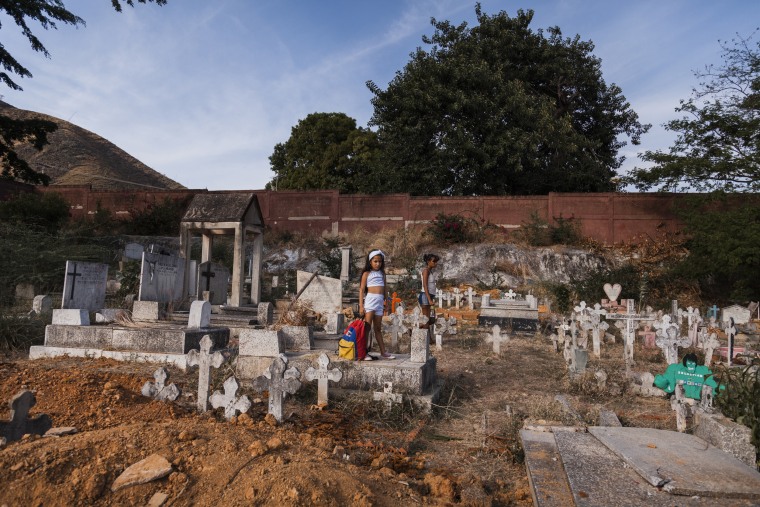
In a 2018 image, a young girl cries in front of a mass grave where one of her family members is buried in the state of Carabobo. Headstones compete for space around her, and the scene is framed by nature — massive trees and a rolling hill. It’s a story of life and death.
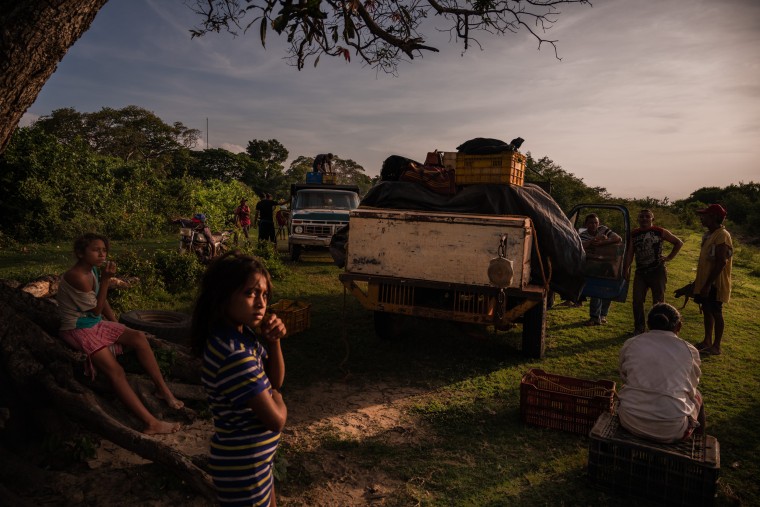
In a 2019 image made in the town of Parmana, two sisters wait for fishermen to return with what they will eat that night as the town quite literally relies on the fishermen for sustenance. The late day sun casts long shadows as the sisters and the people around them wait, their lives on hold.
Yet, Fernández remains hopeful.
“I do think that project will come to an end,” she said of “Paraíso Perdido.”
She sees her work and photography more broadly as a conduit for garnering empathy. Being seen is crucial, and the festival is creating that space for a wide cross-section of stories.
The significance of that is not lost on Eric Allende, co-founder of the photographic platform Migrar Photo, whose photographs of the recent uprising in Chile are being exhibited. Protests erupted late last year following a fare hike for public transportation. Allende was there from the beginning and witnessed how the movement took on greater significance as it railed against systemic inequality in the country.
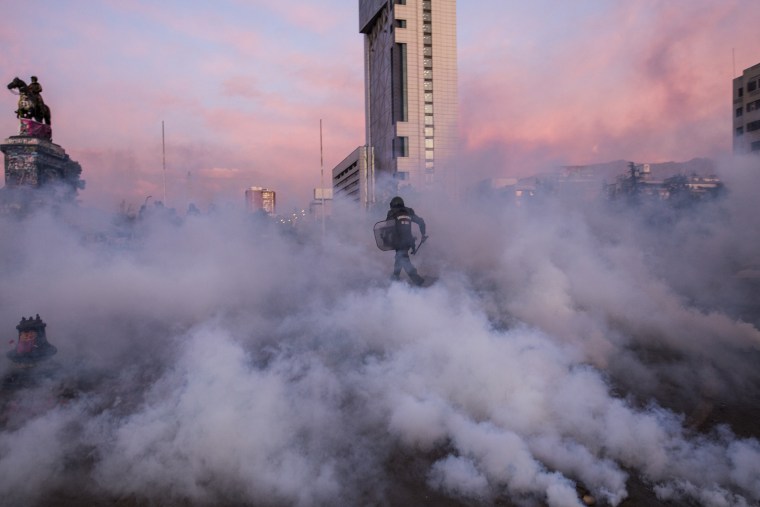
His photographs are a stark testimony of people’s determination to stand up to its government, and while that moment in Chile’s recent history crested into the international news cycle, it was brief. The movement carried on well past the point when it was generating headlines, and Allende sees the festival as a chance to bring Chile’s story to a new audience.
“I didn’t think that the topic of Chile would be of interest abroad," said Allende, "and I'm happy it is, that what's happening here can be shown in faraway places with perhaps a different culture, but one that shares the same social problems."
Follow NBC Latino on Facebook, Twitter and Instagram.
